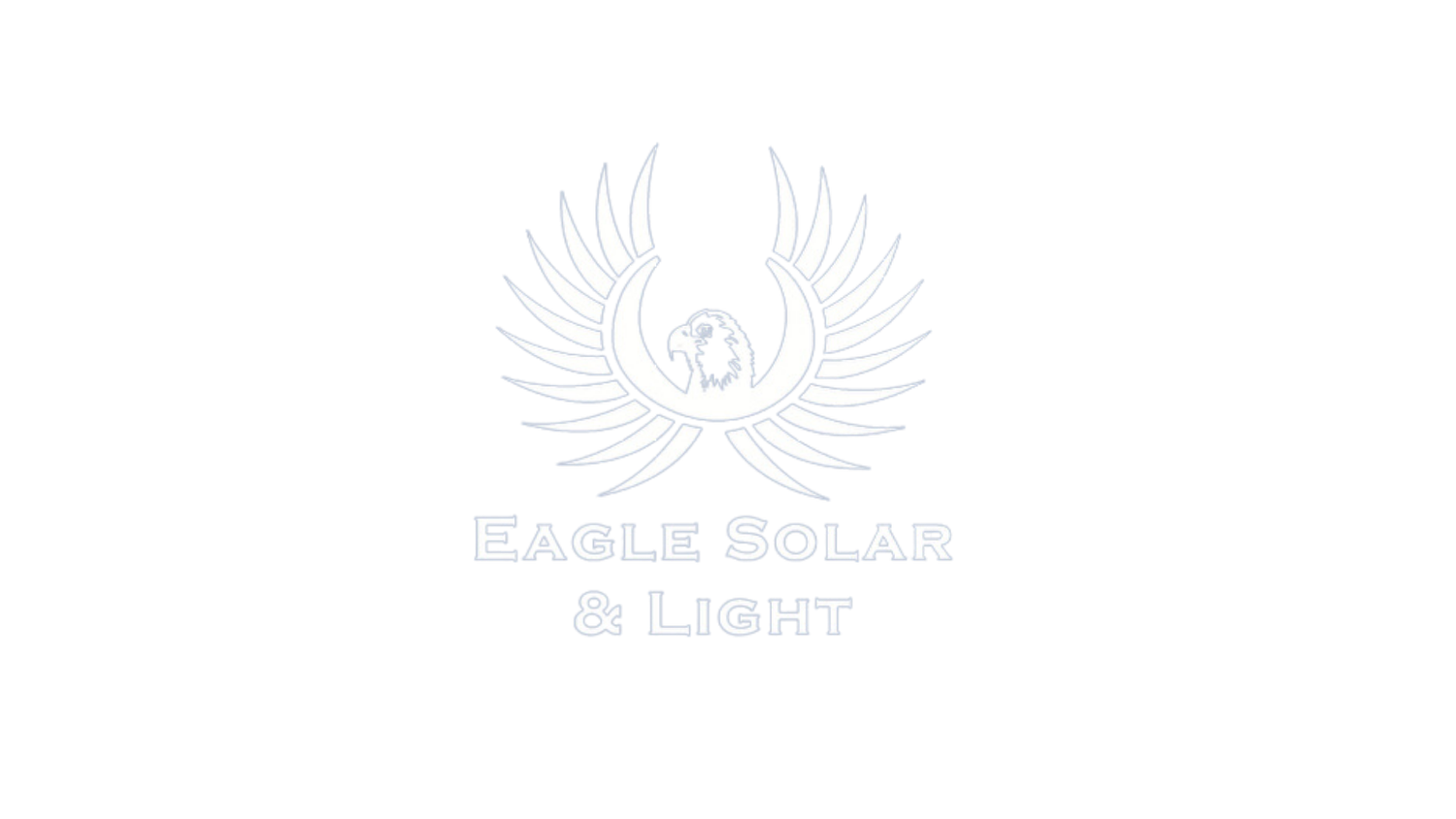IRA 10% Low-Income Adder Update
The Inflation Reduction Act (IRA) has many incentives that help underserved communities access clean energy and federal guidance is still rolling out. One item that we and our nonprofit partners have been seeking more guidance on is determining what areas qualify for the IRA low-income 10% clean energy adder and how to apply for it.
The 10% is added to the base IRA Clean Energy Investment Tax Credit (ITC) of 30%, for a potential of a 40% tax credit for nonprofits and businesses in qualifying areas and a 40% federal direct payment to nonprofits and other tax-exempt entities. Note that the IRA links below also address the 20% low-income residential housing/low-income building adders, but those are not the focus of this post.
Two key questions are:
1) Who is eligible for the 10%?
2) How do they access it?
Who is eligible?
IRS Eligibility Guidelines
The Department of Energy (DOE) has created this mapping tool to determine if your property is located in a low-income eligible area. You must zoom into your location of interest and then click on that location. When you do, the census tract eligibility determination will appear and identify if the property qualifies for the additional 10%.
For example, I will click on the census tract that the red arrow points to below:
After I click, the census tract is highlighted aqua, and the following information is displayed explaining that the area is eligible:
If the census tract is not eligible, the map will not display anything.
How to Apply!
The Department of Energy (DOE) has launched and will continue to update the Low-Income Communities Bonus Credit Program website.
Note: The 10% Low Income Adder is Competitive!
Be sure to read the Low-Income Communities Bonus Credit Program website, as there is helpful information now and application instructions will be added very soon. Note that it is possible that there will be more applicants than funding for the 10% adder in 2023. The DOE reports a 30-day window for applications that will seemingly be treated as a greater likelihood to receive the additional 10%. The application window will run from October 19 through November 18 (more info below). If the 30-day window is oversubscribed, a lottery will be held. If funding is available after the first 30 days, the DOE reports that applications will be considered on a rolling basis as funding is available.
Scroll to “Informational Webinar” at this DOE link for more information.
Note: The DOE mapping tool identifies additional selection criteria that will prioritize funding for areas most in need: the EPA’s Climate and Economic Justice Screening Tool (CEJST) and a persistent poverty county (PPC) area.
See the screenshot below as an example:
An Applicant User Guide is Coming Soon:
The Applicant User Guide will be available soon, but if you want explore and prepare now for application, you can learn about the documentation that must be submitted as part of the application and about other requirements at this IRS document. Note that a copy of the executed contract to purchase or lease solar energy and an executed interconnection agreement with the utility are required, per Table 2 of the IRS document, so you will need to work closely with your solar installer to get this documentation. Please also note the requirements in the other tables. I know this may seem a lot, but just take it one step at a time – my experience with writing IRA grant applications is that the instructions make sense once you start taking steps.
Finally, below is an application process visual and a timeline from the DOE webinar.
Solar Leasing v. Purchasing, the ITC and the Adders
Last Thoughts:
Nonprofits
For nonprofits who want to purchase solar energy, you will need to be prepared to front the entire cost of the installation, as your solar installer will need to be compensated before federal reimbursement, with the federal government reimbursing you after the installation is commissioned. If you need additional assistance while waiting for federal reimbursement, keep your eyes on the North Carolina Clean Energy Fund (NCCEF), as they will be providing low-interest bridge loans to assist while waiting for the reimbursement.
Businesses
Not all companies have the capability take advantage of the ITC and the Adder. Currently tax credits can be sold at about 90% of their value, providing another avenue to take advantage of them. That said, we know that some companies don’t want to pursue selling the tax credits and do have interest in solar leasing.
Solar Leasing V. Purchasing for Nonprofits and Businesses
If providing 60% or 70% of a solar project’s cost out of the operating budget is not appealing, you could explore solar leasing, which typically has a down payment requirement in the 30% - 35% range. Leasing provides:
• more utility savings than the yearly lease cost
• a guaranteed minimum solar production
• operations and maintenance
• cost of the removal of the system at the end of the lease.
Eagle Solar & Light was the first company approved for solar leasing in North Carolina, and we and our leasing partner, Sunwealth, are the only companies with executed leases. ESL does not have a preference regarding solar purchasing or leasing, and we are happy to explore both options and find the one that best meets your organization’s needs.
Thank you for reading, and stay tuned for more!







